Introduction to Art Lessons
Engaging in art lessons is not merely a pursuit for the gifted; it is an enriching experience accessible to individuals from all walks of life. Whether you’re a complete novice or striving to refine your skills, art lessons provide an essential framework for learning, exploring creativity, and expressing emotions through various mediums. In this comprehensive guide, we will explore the world of art lessons, covering various aspects from understanding different art styles to finding the right materials and techniques. Join us as we delve into the colorful and inspiring universe of art.
Understanding Different Art Styles
Art is not monolithic; it is a vibrant tapestry of diverse styles and movements, each with its unique historical significance and aesthetic value. Understanding these styles is crucial for anyone embarking on their artistic journey. Some of the major art styles include:
- Realism: Focuses on depicting subjects as they appear in everyday life. Artists strive for accuracy and detail, often capturing moments with emotional significance.
- Impressionism: Characterized by loose brushwork and an emphasis on light and color. Impressionists often painted outdoor scenes, capturing the transient effects of light.
- Abstract Art: Moves away from representational forms, creating works that may not resemble real objects but express emotions or concepts through colors, shapes, and forms.
- Surrealism: Incorporates dream-like scenes and illogical, fantastical imagery to explore the unconscious mind.
- Expressionism: A style that emphasizes emotional experience over physical reality, using bold colors and exaggerated forms to convey feelings.
By familiarizing oneself with these art styles, students can better appreciate diverse artistic expressions and discover where their interests lie. This understanding also informs the techniques and materials they may choose to work with in their own creations.
The Benefits of Taking Art Lessons
Participating in art lessons offers a myriad of benefits that extend beyond the canvas. Here are some of the key advantages:
- Cognitive Development: Engaging in artistic activities promotes critical thinking, problem-solving, and decision-making skills. Creating art requires attention to detail and the ability to respond to changing situations.
- Emotional Expression: Art provides a unique outlet for emotions and can serve as a therapeutic means to communicate feelings that may be difficult to verbalize.
- Skill Development: Regular practice helps hone various artistic techniques, whether drawing, painting, or working with mixed media. These skills can significantly enhance overall creativity.
- Social Interaction: Group lessons foster community and collaboration. Sharing ideas and critiques with fellow students can lead to lasting friendships and a support network.
- Increased Self-Esteem: Completing art projects and receiving positive feedback can boost confidence and self-worth.
Overall, the multifaceted benefits of art lessons extend into various aspects of life, making them a valuable addition to anyone’s personal development journey.
Getting Started with Basic Techniques
Before diving into the intricacies of art, it’s essential to master basic techniques. These foundational skills provide the scaffolding for more advanced methods. Here are some fundamental techniques to start with:
- Line Drawing: Practice creating different types of lines (straight, curved, zigzag) to build control over your drawing tools.
- Shading: Learn how to create depth by varying the pressure applied to the pencil or brush, using techniques like hatching and cross-hatching.
- Color Mixing: Experiment with primary colors to create a range of secondary and tertiary colors, understanding how colors interact.
- Brush Techniques: For painting, familiarize yourself with various brush strokes, including dry brushing, wet-on-wet, and glazing.
- Composition: Explore the principles of composition, including balance, contrast, rhythm, and focal points. This will guide effective art creation.
By mastering these basic techniques, aspiring artists can build confidence and a solid foundation from which to explore creative expression more freely.
Essential Materials for Art Lessons
The choice of materials can significantly impact the learning experience in art. Selecting the right supplies for your artistic journey is crucial, as quality materials can enhance your work while involving diverse techniques. Here’s what to consider:
Choosing the Right Medium for Beginners
New artists often face the daunting task of selecting the right medium. Here’s a breakdown of popular options and their suitability for beginners:
- Pencil: Ideal for beginners, pencils are versatile and allow for detail work and shading.
- Watercolors: These paints are forgiving and can produce lovely effects. They help develop an understanding of color and layering.
- Acrylics: Fast-drying and easy to work with, acrylics are perfect for various techniques and allow for quick corrections.
- Charcoal: This medium is excellent for sketching and offers rich blacks and varying shading capabilities but can be dusty and less forgiving than pencils.
- Markers: Great for graphic art, they provide bold, vibrant colors and can be used for illustrations and designs.
Choosing a medium often depends on personal interests and intended style; experimenting with various options will help determine which resonates best.
Understanding the Importance of Quality Supplies
While it is tempting to opt for the least expensive supplies, investing in quality materials can significantly affect your learning curve. High-quality brushes and paints yield better results, providing a more enjoyable experience. Here’s why:
- Consistency: Quality materials provide consistent results in terms of color and application, which cultivates a better understanding of techniques.
- Usability: Better paints, for example, blend more easily and do not dry out as quickly, allowing for extended working times.
- Durability: Quality supplies often last longer, saving you money in the long term and reducing the need for replacements.
Ultimately, quality supplies lead to better outcomes, enhancing the overall experience and learning potential within art lessons.
Budget-Friendly Art Supplies
For many aspiring artists, budget constraints can be a significant barrier. However, numerous budget-friendly options are available without sacrificing quality. Here are some tips for acquiring art supplies on a budget:
- Explore Discounts and Sales: Watch for discounts at your local art supply stores or online retailers.
- Second-Hand Materials: Look for used supplies either locally, via social media marketplaces, or thrift stores.
- DIY Supplies: Create some of your materials at home, like making your own paint or using natural items for brushes.
- Student Discounts: Don’t hesitate to ask for discounts specifically for students, as many stores offer them.
- Buy in Bulk: Purchasing in larger quantities can often result in significant savings for frequently used supplies.
With a little creativity and research, it is possible to pursue your artistic endeavors joyfully without exacerbating financial burdens.
Popular Techniques in Art Lessons
Once you have the basics down, you can start exploring various techniques that will shape your artistic endeavors. Each technique offers unique possibilities for expression and creativity. Here are some popular techniques to delve into:
Fundamental Drawing Skills to Master
Drawing is the cornerstone of many art forms. Mastering the following fundamental skills can significantly enhance your artistic abilities:
- Contour Drawing: Practice drawing the outline of subjects to develop your observational skills and hand-eye coordination.
- Gesture Drawing: Focus on capturing the movement and form of the subject quickly. This technique is vital for understanding the human body and dynamic poses.
- Value Studies: Experiment with light and shadow by creating value studies, focusing on the range of light to dark.
- Proportions: Learn how to measure proportions accurately, especially when drawing figures or still lifes.
Fostering these drawing skills will provide a solid foundation that supports your journey into more intricate art forms.
Basic Painting Techniques for All Levels
Painting techniques vary significantly depending on the medium used. Here are some fundamental painting techniques to master:
- Wash Techniques: Used primarily with watercolors to create a smooth layer of color, washes can also be adapted to acrylics.
- Glazing: This technique involves applying thin layers of paint to achieve depth and luminosity while allowing underlying layers to shine through.
- Scumbling: A dry brush technique used primarily in acrylics and oil painting where a thin layer of color lightly coats the surface, creating texture.
- Impasto: Applying thick layers of paint to create texture and dimension in the artwork.
Practicing these techniques will aid in understanding how different brushstrokes and mediums can impact finished pieces.
Exploring Mixed Media for Unique Creations
Mixed media involves using two or more artistic mediums to create unique artworks. This approach allows for greater experimentation and creativity. Here’s a breakdown of popular mixed media techniques:
- Collage: Incorporate different materials, such as photographs, fabric, or paper, into your work to add depth and texture.
- Layering: Build up layers of paint, drawing, and other materials to create three-dimensional textures and complexity.
- Incorporating Text: Utilize written words or phrases as elements of your artwork, adding a conceptual dimension.
- Found Objects: Integrate everyday objects into your art, creating works that engage viewers in new and unconventional ways.
By exploring mixed media, artists can break free from traditional constraints and enhance their creative expressions.
Finding the Right Environment for Art Lessons
The environment in which you practice your art can heavily influence your creative process. Finding the right setting—whether physical or digital—can enhance your experience and productivity. Here’s how to cultivate an ideal artistic environment:
Setting Up a Comfortable Art Space
Creating a dedicated art space can profoundly impact your motivation and inspiration. Here are some tips:
- Choose a Well-Lit Area: Natural light is ideal for any art space, as it accurately represents colors and is easy on the eyes.
- Organize Your Supplies: Have an organized storage system that allows easy access to materials, increasing efficiency.
- Personalize Your Space: Infuse your personality into the environment. Adding artwork, favorite quotes, or colors can create an inviting atmosphere.
- Minimize Distractions: Establish a space where you can focus solely on your work, free from interruptions.
Establishing a comfortable, distraction-free environment can ultimately lead to more productive and enjoyable creative sessions.
Online vs. In-Person Art Lessons
Art lessons can take place through various mediums—either online or in-person. Each has its unique advantages:
- Online Lessons: Offer flexibility, allowing you to learn at your own pace, access a variety of instructors, and choose from a diverse range of topics. They can often be more budget-friendly, providing access to numerous resources and courses.
- In-Person Classes: Provide direct access to feedback from instructors and the opportunity to engage with peers. Being physically present in a classroom can foster a sense of community and collaboration.
Ultimately, the choice between online and in-person lessons depends on your preferences, goals, and circumstances. Many artists find a blend of both methods to be most effective.
Joining Local Art Groups and Workshops
Joining local art groups, workshops, or community centers can enhance your artistic journey. Engaging with others in a shared pursuit can provide numerous benefits:
- Networking Opportunities: Building relationships with fellow artists, instructors, and art enthusiasts can open new avenues for collaboration, mentorship, and friendships.
- Regular Feedback: Participation in group settings provides continuous feedback and support, which can help you grow as an artist and overcome challenges.
- Exposure to New Techniques: Groups often host workshops or invite guest instructors that can offer fresh perspectives and techniques.
Participating in local art groups not only enhances skills but also enriches the overall experience of creating art.
Advancing Your Skills through Art Lessons
Art is a continuous journey; thus, advancing your skills is a vital aspect of the creative process. Here are essential strategies to facilitate skill development:
Setting Achievable Goals in Your Art Journey
Establishing clear, achievable goals can serve as motivation in your artistic pursuits. Here’s how to set effective goals:
- SMART Goals: Create Specific, Measurable, Achievable, Relevant, and Time-bound goals that provide direction and clarity.
- Short-Term vs. Long-Term Goals: Consider setting both short-term (e.g., completing a specific artwork) and long-term goals (e.g., developing a unique style).
- Track Your Progress: Document your achievements to reflect on your growth over time. Journals or portfolios can help visualize this journey.
Effective goal-setting promotes focus and can drive motivation in your artistic endeavors.
Seeking Feedback and Constructive Criticism
Constructive criticism can significantly enhance your growth as an artist. Here’s how to navigate feedback effectively:
- Share Your Work: Actively seek out opportunities to showcase your art in exhibitions, online portfolios, or social media.
- Request Feedback: Don’t hesitate to ask peers or mentors for their honest opinions on your work. Accepting feedback humility can provide insights you may not have considered.
- Reflect on Critiques: Stay open to the perspectives of others but also learn to discern advice that resonates with your unique artistic vision.
Used wisely, feedback can be an invaluable tool for improvement and growth.
Continuing Education and Art Resources
The artistic journey is lifelong, and continuing education is essential. Consider the following resources for ongoing learning:
- Online Platforms: Numerous online art platforms offer courses, tutorials, and forums for learning various techniques.
- Workshops and Masterclasses: Keep an eye out for opportunities to attend workshops or masterclasses with experienced artists.
- Art Books and Magazines: Consuming literature on techniques, styles, and art history nurtures knowledge and inspiration.
By continually investing in your education, you can expand your skills and keep your passion for art alive.
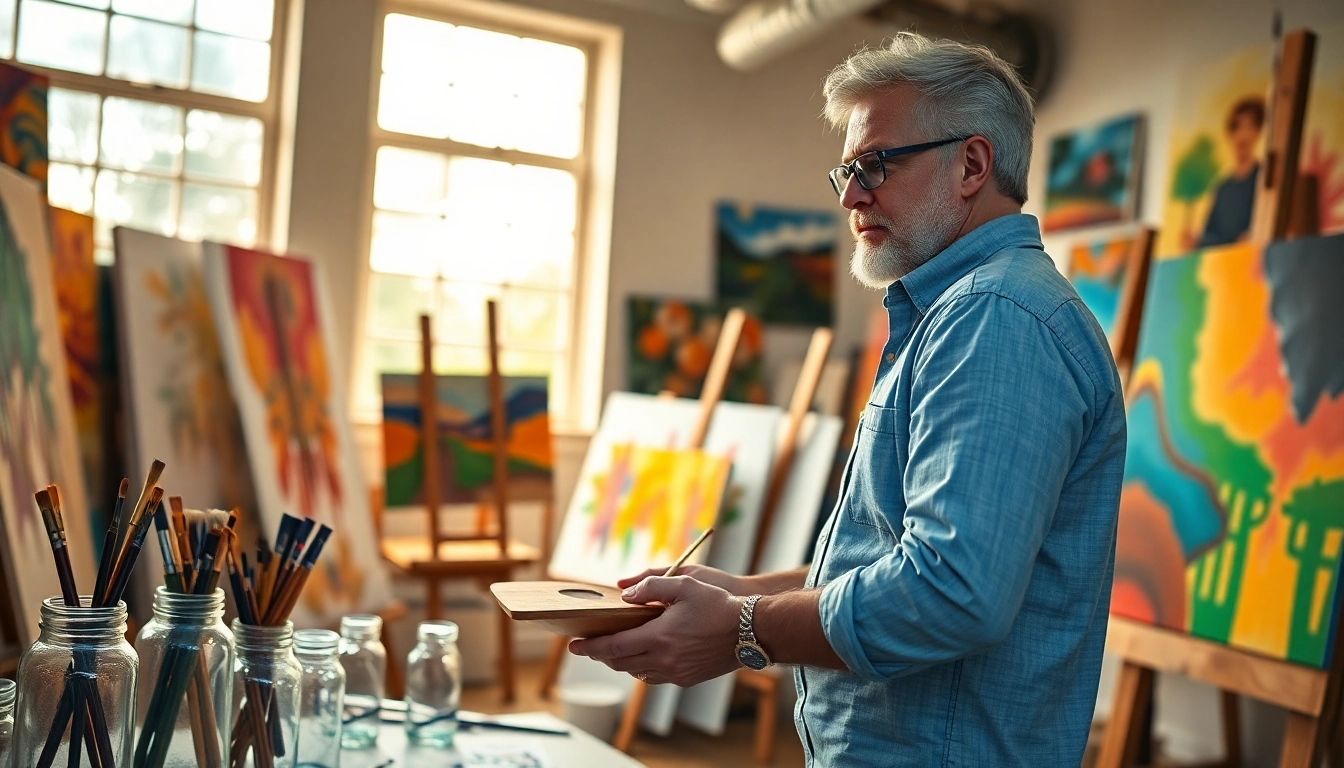


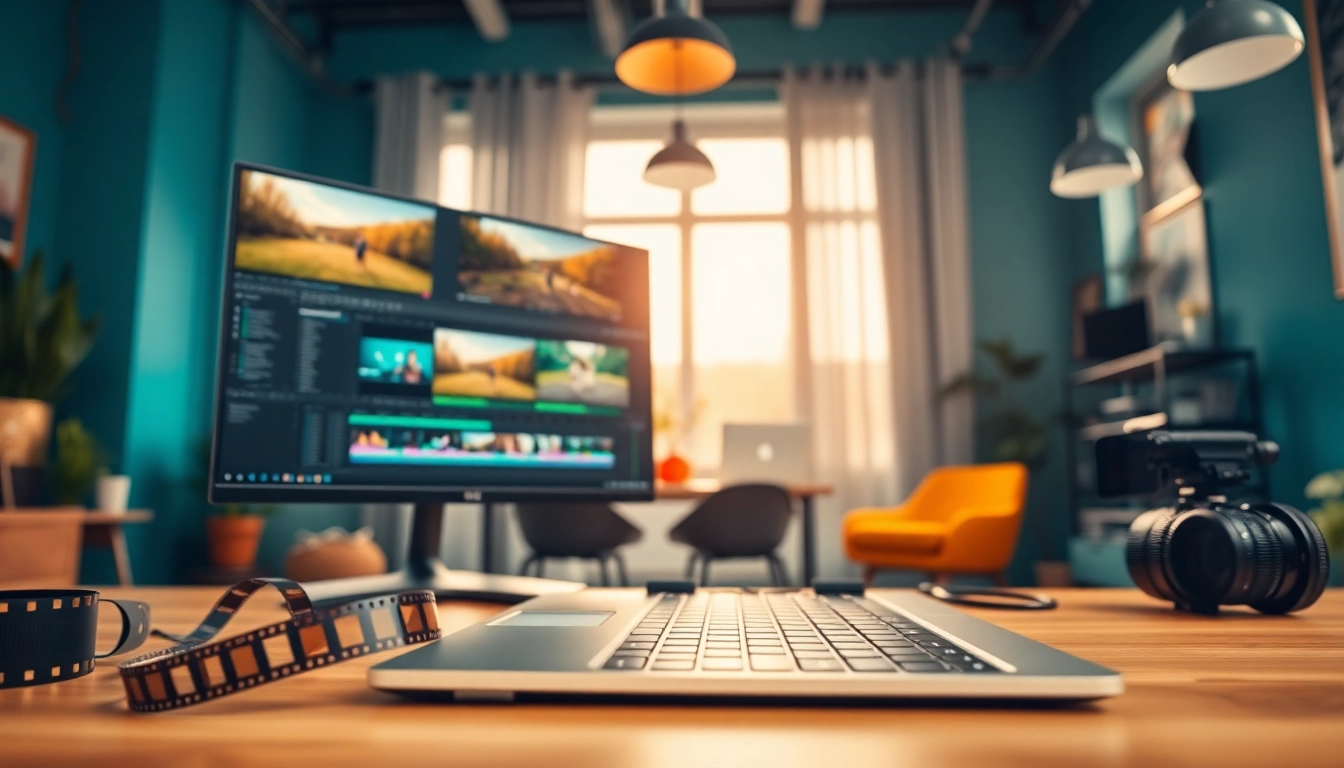
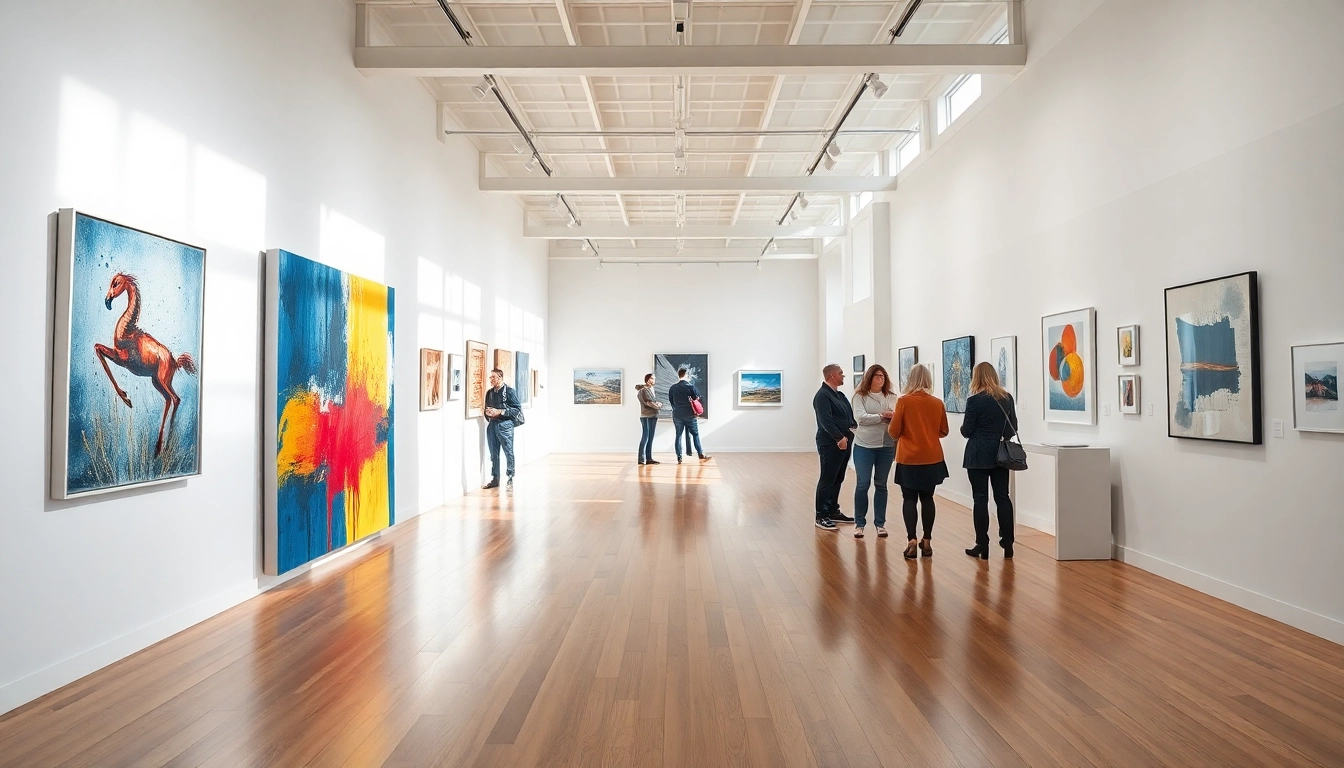

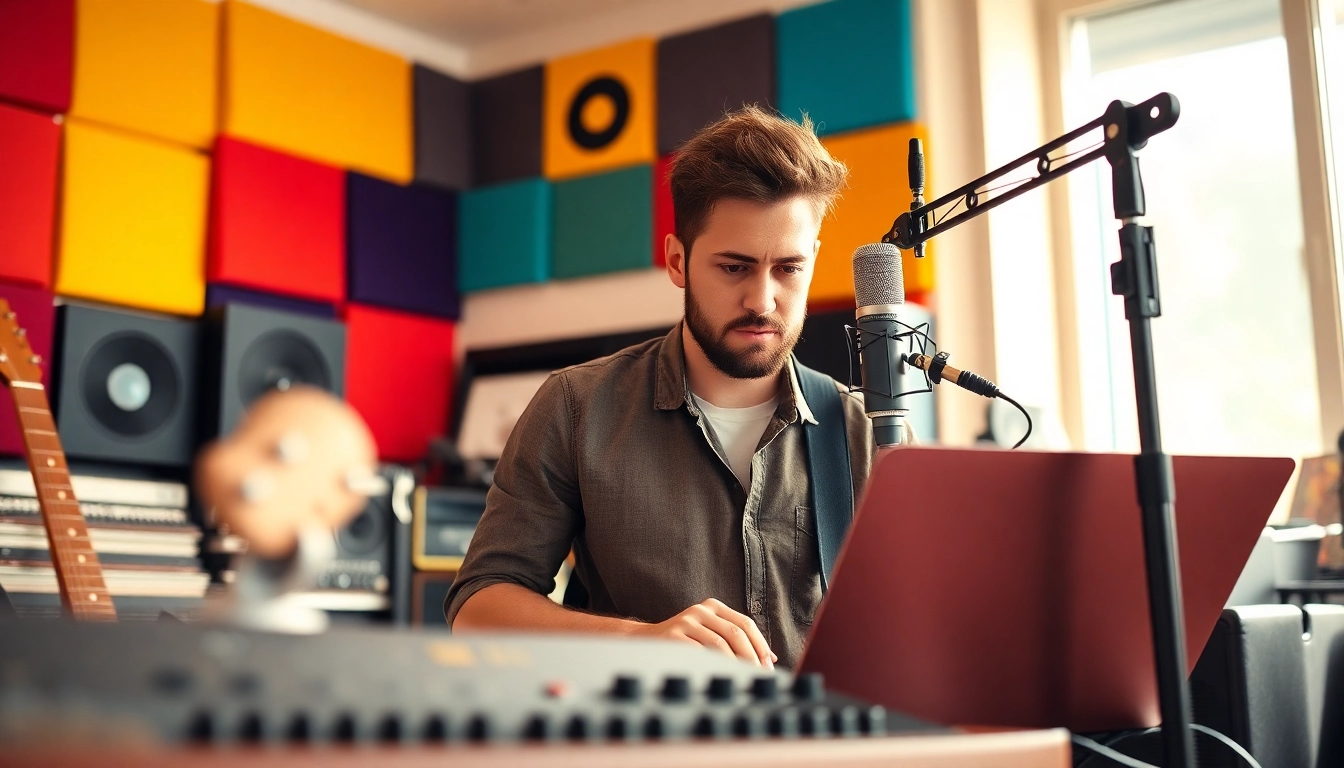
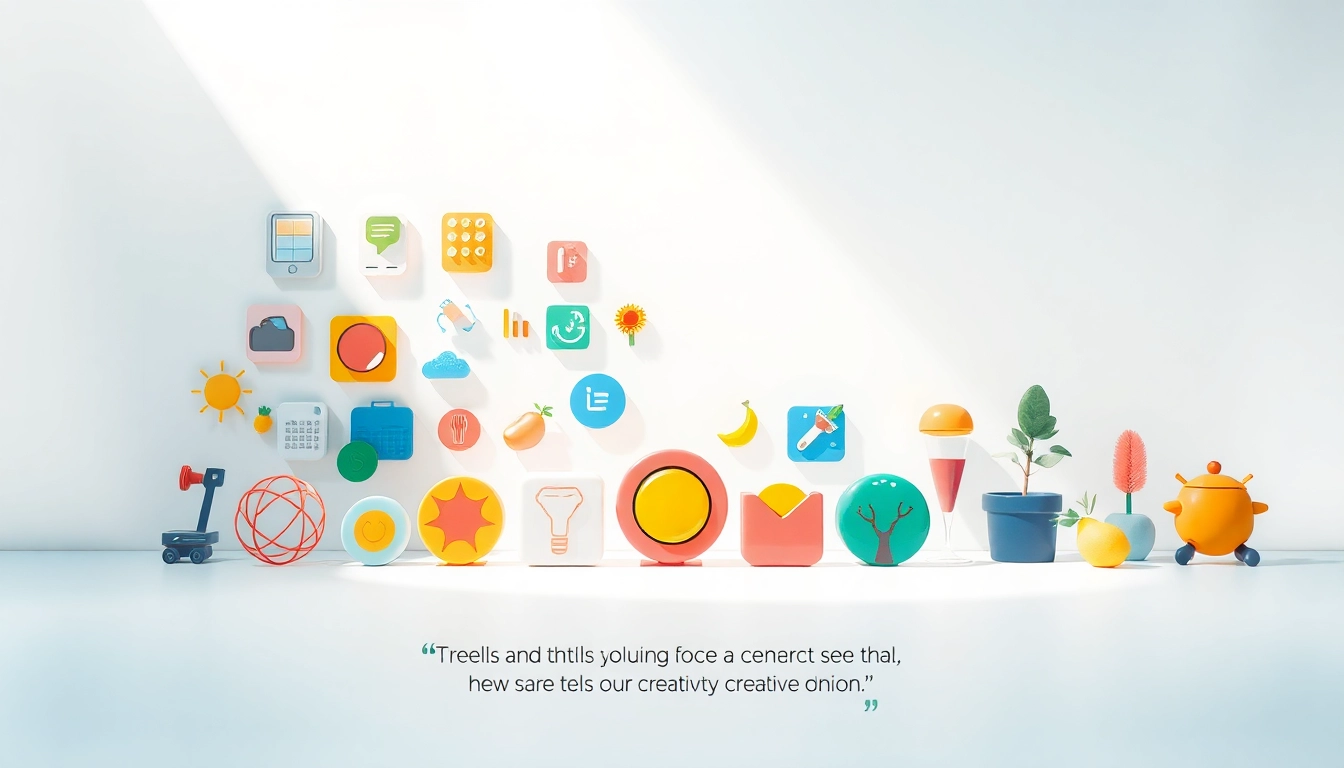
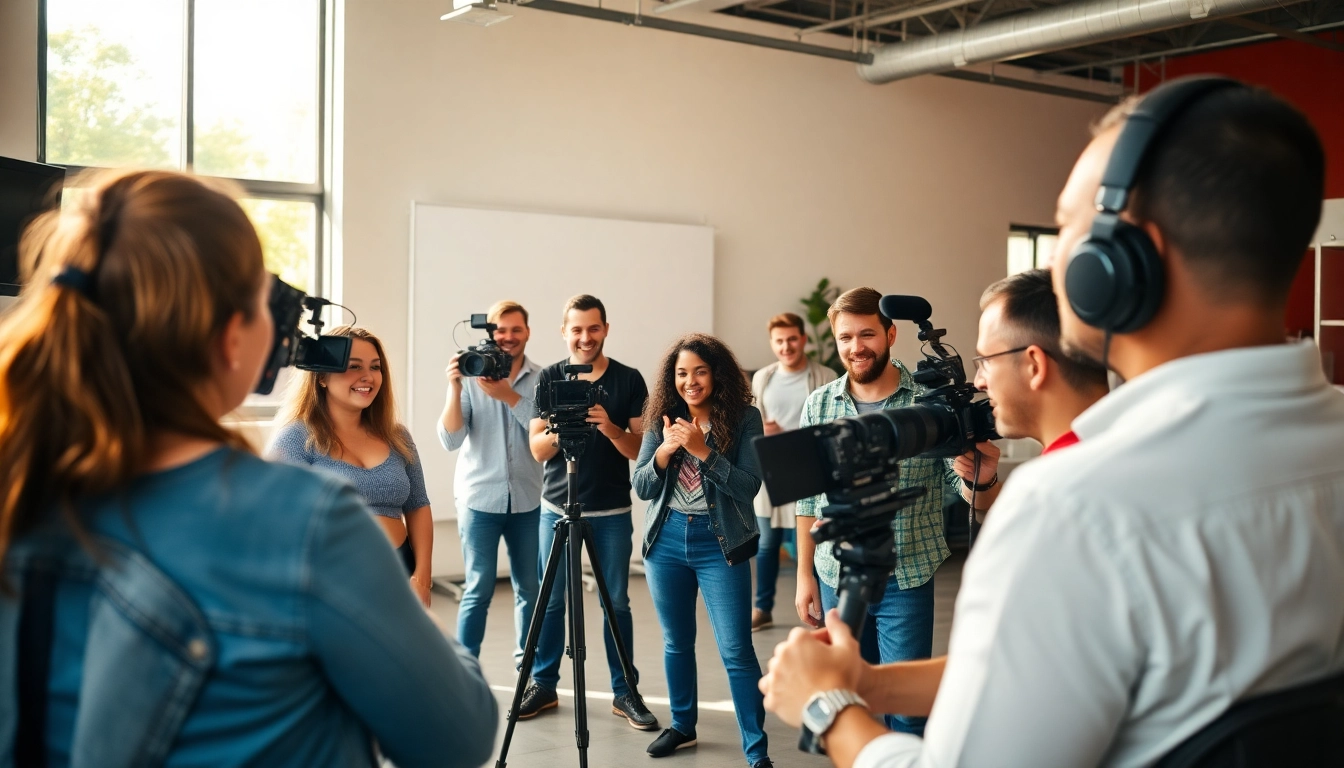






Leave a Reply